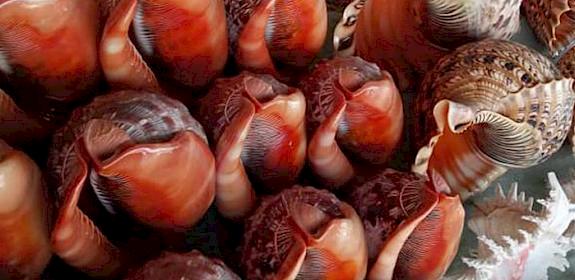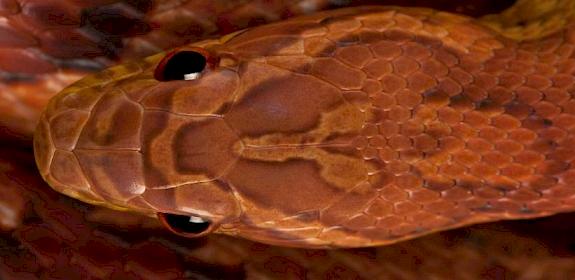Traceability key to successful shark listing implementations
Johannesburg, South Africa, 4th October 2016—four species of sharks and nine rays were today accepted into Appendix II of the Convention on International Trade in Endangered Species of Wild Fauna and Flora (CITES).
The Appendix II listings – subject to formal adoption during a plenary session later in the week during the current Conference of the Parties to CITES – would mean that international trade in the species will be regulated through a system of permits.
The Silky Shark, three species of thresher sharks and nine mobula rays join those shark and ray species listed in 2013 at the previous such CITES meeting. At the time those listings were hailed as historic for marine conservation and feedback from countries at the meeting indicates their implementation has been largely successful.
“In 2013, there was a sea of change towards the listing of commercially fished marine species under CITES: today we saw no sign of the tide turning. The Appendix II listings for the Silky Shark, threshers sharks and Mobula rays provide further shark and ray species with a much-needed platform for international co-operation to address unsustainable trade,” said Glenn Sant, TRAFFIC’s Fisheries Programme Manager.
And while today’s additional listings have been warmly welcomed, they are only part of the solution for protecting these species from over-exploitation.
The listing of sharks and rays is one step for conservation, but it’s only paper protection unless it is backed up by sound implementation
Glenn Sant, TRAFFIC’s Fisheries Programme Manager
Delegates to CITES earlier endorsed a document encouraging support for improved traceability measures for marine products.
“Traceability holds the key to strengthening the backbone of sustainable and legal trade in shark and ray products—it’s all about feeling confident that when you read the fine print it tells you the products are legal and sustainable,” said Sant.





